Is your construction site prepared for a cardiac event?
Running a construction site demands attention to detail. Unfortunately, many companies fall short when it comes to unexpected health crises. Anyone can issue hard hats. But it takes more to effectively prep your team for a cardiac event. Conducting cardiopulmonary resuscitation (CPR) training is a better option.
Construction site cardiac risk factors
Heart attacks and other cardiac events can happen for various reasons. For instance, a worker’s personal history might put them at greater risk. According to medical experts, common risk factors include:
- Having an abnormally large heart
- Congenital heart disease
- Heartbeat abnormalities
- A family history of heart disease
Obese individuals, smokers, males and those with substance abuse backgrounds may also be at risk.
Training your workers to be ready
A problem common in the construction industry is the fact you can’t always screen new hires for risk factors. Instead, you must train your staff to respond quickly to emergencies. This training should include how to recognize symptoms such as:
- Dizziness
- Shortness of breath
- Vomiting
- Weakness or fatigue
- Heart palpitations
Certification is critical for construction sites
Recognizing symptoms can help your team notice an arrest before the victim’s heart stops. Unfortunately, you cannot always do so in time. This is why your workers must know what to do if someone’s heart stops beating. CPR training and certification does this. Its benefits include:
Being able to act swiftly
Rapid emergency care is essential for bringing victims back from the brink. Your workers must understand how to perform CPR if someone:
- Loses consciousness
- Collapses
- Doesn’t have a pulse
The faster they act, the better the chance they will save a life. There’s no time to look up the procedure in a book or emergency manual. Your workers must know what to do in advance. It’s up to you to make sure they can.
Applying first aid correctly
CPR is also about ensuring your staff doesn’t make mistakes. Giving someone CPR when he or she doesn’t need it can make matters worse. Proper training helps prevent this.
Being confident
CPR training can make your employees feel better-equipped to handle tough circumstances. With training, they’ll be more likely to help in unexpected situations. This could mean the difference in whether someone survives.
Such confidence also makes it easier for your crew to work together. Emergency response is a team effort. It’s easier to focus on the task at hand when you know that someone else can:
- Switch off with you if you get tired.
- Prepare the AED.
- Handle tasks such as contacting EMS.
Which is the best option for your workplace?
Many CPR courses can help you build a safer workplace. When deciding which is best for you, consider whether each course:
- Gives you the tools you need, such as videos and other reference materials, to adapt training to your schedule.
- Follows ILCOR guidelines and OSHA recommendations.
- Complies with workplace regulations.
- Will work with you to devise a custom program for your staff.
Can my workplace do its CPR certification and training online?
Online CPR training is common. Many companies appreciate eLearning because it makes it easier to familiarize employees with valuable information. However, online training is just one aspect of effective first aid education.
Because CPR is an intensive, physically demanding procedure, it requires hands-on training. Before getting certified, your staff must demonstrate they can apply the theory behind the method and perform it correctly.
Blended learning combines online training with hands-on instruction. It also makes it easier for your team to apply what they learn the right way. It helps them better understand things such as:
- Adapting what they learn to deal with everyone from minors to the elderly
- Using devices like AEDs
Blended learning further helps ensures your team members can make sense of the conflicting information they might find online.
How much will CPR and AED certification cost?
Emergency response training costs vary widely. Fortunately, experienced instructors can help tailor your program to meet your budget. This way you can control costs while making everyone safer.
Remember the cost of CPR training pales compared to the cost of losing lives. Providing a better, healthier workplace may save you from legal action. Skilled employees who know you care about them are more likely to work hard to help your company succeed.
Implement your CPR program by talking to a First Response Training International expert today.












Leave a Reply
Want to join the discussion?Feel free to contribute!